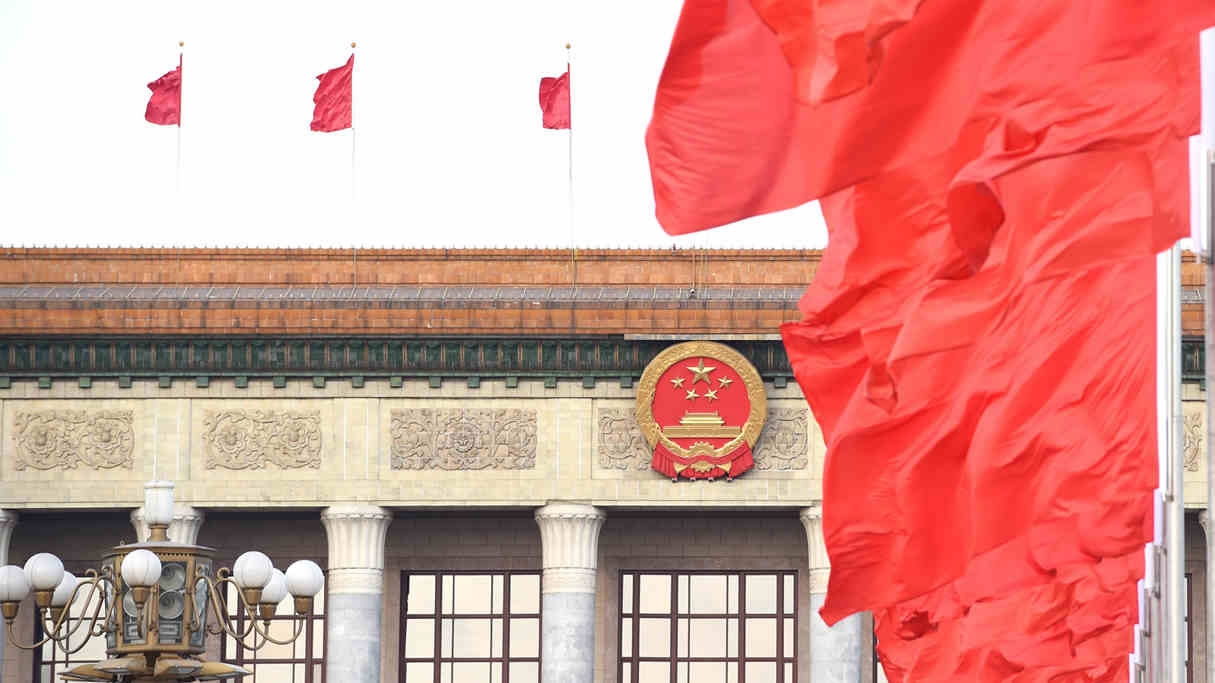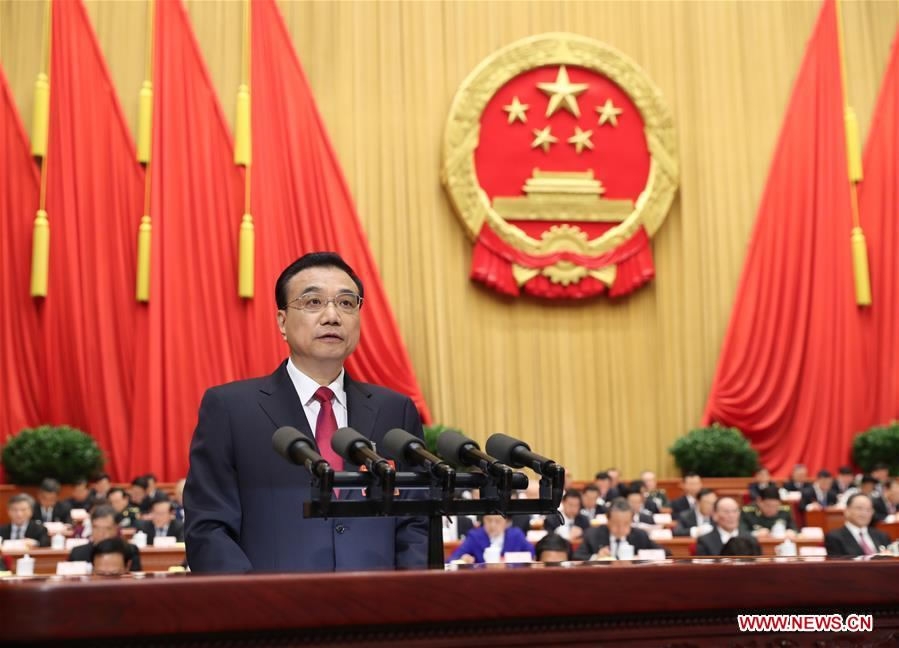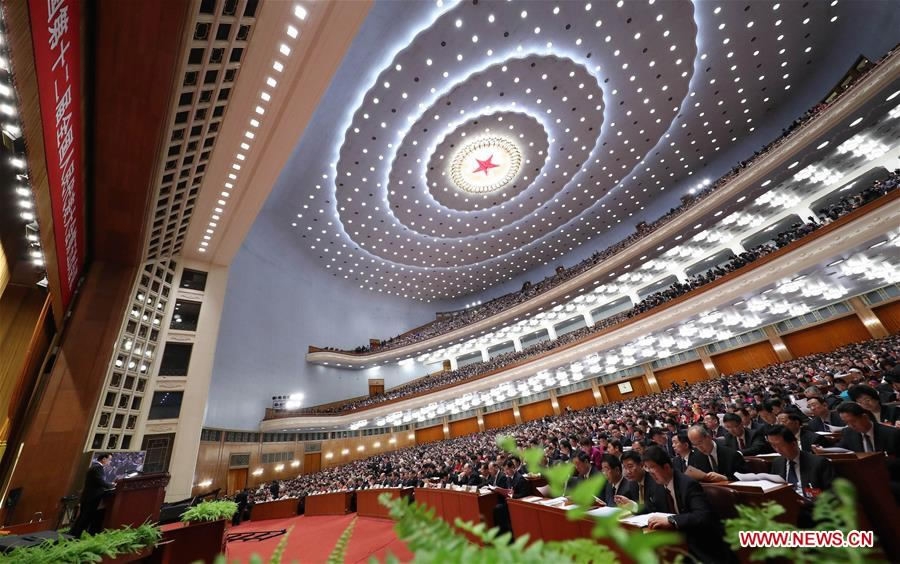
Business
17:32, 08-Mar-2017
Views on Two Sessions: Targeting stability in uncertain times
Updated
10:59, 28-Jun-2018

Guest commentary by Andrew Moody
That Chinese Premier Li Keqiang set a growth target of “around 6.5 percent” when he delivered the government work report on Sunday came as little surprise.
Achieving economic stability this year is the watchword of what is the last Two Sessions meeting before the key 19th CPC National Congress in the autumn, which will set China’s course for the next five years.
With the economy growing strongly at 6.8 percent in the final quarter of last year, Premier Li even offered up the possibility of the target being surpassed by adding the phrase, “higher, if possible.”
The main concern of many economists is to what extent the economy is now being driven by debt-fueled investment, particularly in the property sector.
Property prices in Beijing have risen by 25 percent over the past year with similar increases in other major cities.
Economists wanted to hear about deleveraging measures to avert any risk of a financial crisis.

Chinese Premier Li Keqiang delivers a government work report during the opening meeting of the fifth session of China's 12th National People's Congress in Beijing on March 5, 2017. /Xinhua Photo
Chinese Premier Li Keqiang delivers a government work report during the opening meeting of the fifth session of China's 12th National People's Congress in Beijing on March 5, 2017. /Xinhua Photo
His announcement that the government plans to regulate the real estate market and reduce the debt levels of enterprises will therefore go part of the way to ease some fears.
The overall objective of the government is to double China’s 2010 GDP per capita by 2020 to become a “moderately well off society” in 2021, the 100th anniversary of the founding of the Chinese Communist Party.
This equates to becoming a high-income economy, as defined by the World Bank, and China breaking out of the so-called middle-income trap that has ensnared so many Latin American countries.
China’s economy grew 6.7 percent in 2016 – against a target of between 6.5 and 7 percent set in last year’s government work report - and if this year’s goal is achieved (or exceeded) China will still be just about on course to meet this ambitious goal.
The challenge for the government is for this target not to detract from its vital reform agenda, which if executed decisively could see some short-term pain.
Li said he would be accelerating reform of state-owned enterprises and deepening other supply-side reforms.

Chinese Premier Li Keqiang delivers a government work report during the opening meeting of the fifth session of China's 12th National People's Congress in Beijing on March 5, 2017. /Xinhua Photo
Chinese Premier Li Keqiang delivers a government work report during the opening meeting of the fifth session of China's 12th National People's Congress in Beijing on March 5, 2017. /Xinhua Photo
He also said he would introduce measures to boost innovation, which he wants to be a new driving force of the economy.
There is certainly evidence of the economy rebalancing away from being reliant on investment and cheap exports. Consumption made up 65 percent of China’s GDP growth last year, compared to 42 percent a decade ago, according to the National Bureau of Statistics.
This is a dramatic transformation that puts China’s spending ahead of Japan on 61 percent and only just behind the US on 68 percent. Services are also now the biggest component of China’s GDP growth.
What the rest of the world will draw from the government work report is that China’s is still - for the time being at least - on a healthy growth trajectory.
Its economy contributed very nearly a third (33.2 percent) of global growth last year.
And although China is set to record its lowest annual growth rate for 27 years this year, the rest of the world – still struggling to emerge from the global financial crisis – would be in a very sorry state without its most vital engine.
(Andrew Moody is senior correspondent, overseas editions, for China Daily. The article reflects the author’s opinion, not necessarily the view of CGTN.)
7km

SITEMAP
Copyright © 2018 CGTN. Beijing ICP prepared NO.16065310-3
Copyright © 2018 CGTN. Beijing ICP prepared NO.16065310-3